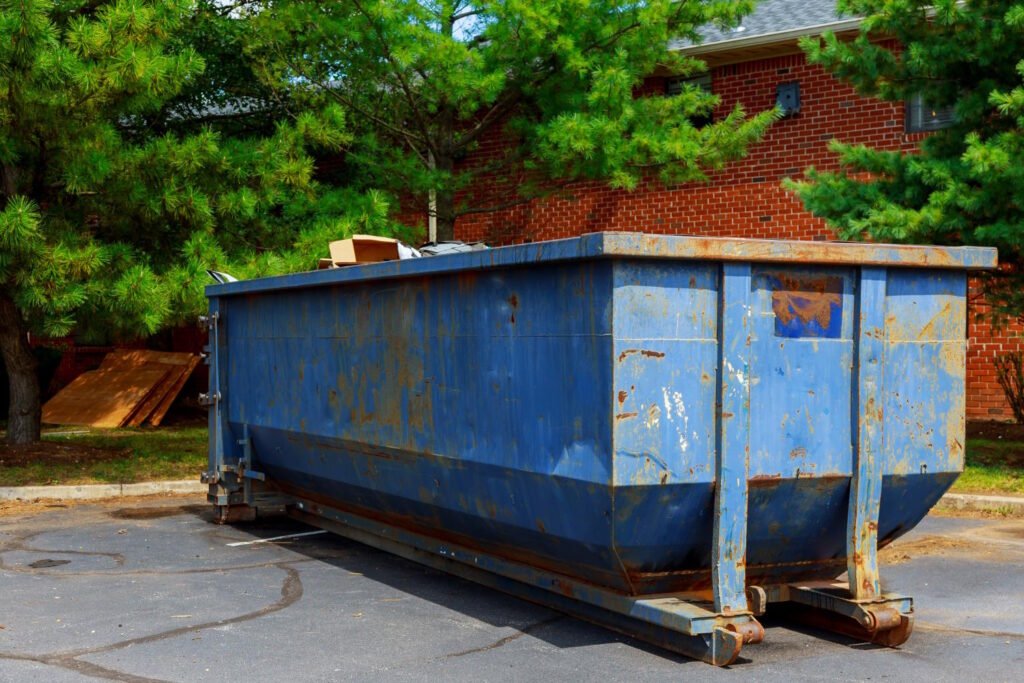Managing construction or renovation projects often comes with the challenge of disposing of heavy, bulky materials safely and efficiently. Concrete, in particular, is one of the densest and most difficult debris types to handle. For homeowners, contractors, and construction teams alike, concrete dumpster rentals provide a practical solution for disposing of concrete while keeping the worksite organized and compliant with local regulations.
Why Choose a Concrete Dumpster Rental?
Unlike standard waste, concrete cannot be thrown into a regular trash bin due to its weight and volume. Renting a dumpster specifically designed for concrete ensures that you have the right size, strength, and structure to safely contain and transport the material. This type of dumpster is reinforced to handle heavy loads, preventing damage to both the container and your driveway or worksite.
Choosing the Right Dumpster Size
Selecting the proper size is critical when renting a dumpster for concrete removal. Dumpsters are available in various sizes, typically measured in cubic yards, and the amount of concrete you plan to dispose of will dictate which size is appropriate. Too small a container can result in multiple trips or overfilling, while too large a container may increase your rental cost unnecessarily. Measuring the volume of the concrete debris and consulting with your dumpster rental provider can help ensure you select the right size.
Weight Limits and Safety Considerations
Concrete is extremely dense, so weight limits are an important consideration. Exceeding a dumpster’s weight limit can lead to additional fees or even unsafe transport. It’s important to spread the load evenly and avoid adding other heavy materials unless approved by the rental provider. Safety is also key during loading—wearing protective gloves, steel-toed boots, and using proper lifting techniques helps prevent injuries.
Site Preparation and Placement
Proper placement of a concrete dumpster ensures easy access and prevents property damage. Clear a level area on your property or worksite, and protect surfaces with plywood or mats if necessary. Make sure the delivery area is free from low-hanging branches, wires, or other obstacles that could interfere with placement.
Disposal and Recycling
Many concrete dumpsters allow for the recycling of concrete material. Recycling concrete reduces environmental impact and can sometimes offset disposal costs. Crushed concrete can be reused for new construction projects, road base, or landscaping, making it a sustainable choice for large renovation or demolition projects.
Tips for a Smooth Concrete Dumpster Rental Experience
- Plan your project timeline to avoid keeping the dumpster longer than necessary.
- Communicate with your rental provider about weight limits, size options, and pickup schedules.
- Avoid overloading the container to prevent extra charges.
- Consider breaking large concrete pieces into smaller chunks to make loading safer and more efficient.
Conclusion
Concrete dumpster rentals are an essential tool for anyone handling demolition, remodeling, or heavy construction projects. By choosing the right size, respecting weight limits, and following proper safety and site preparation practices, you can streamline debris removal, reduce project delays, and even contribute to environmentally responsible disposal through recycling. With careful planning, a concrete dumpster rental can make one of the most challenging aspects of construction much more manageable.



